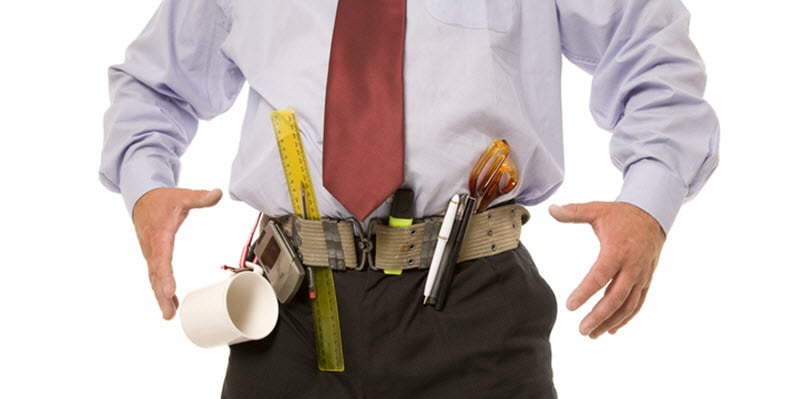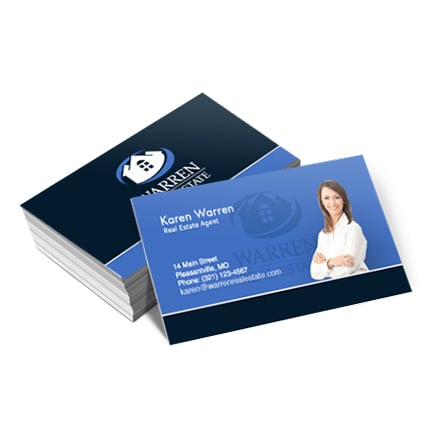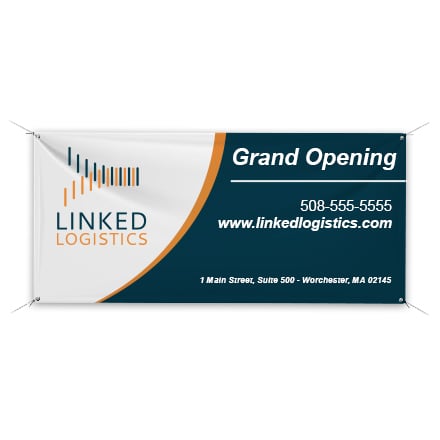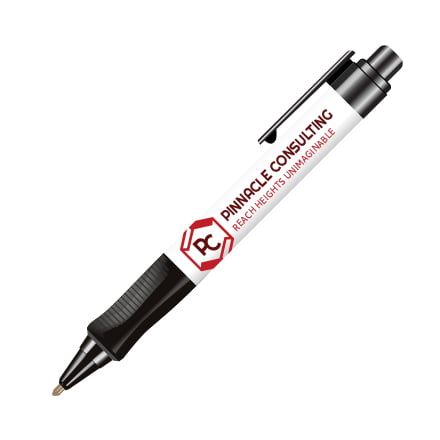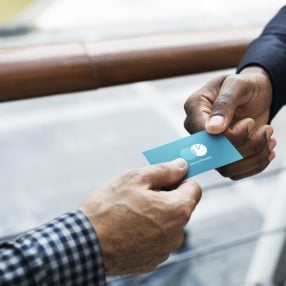Once you get a business off the ground, your next hurdle is finding more customers. You want to keep growing, but where do you start? How do you reach customers outside your area? How do you make bigger sales? One answer is trade shows.
What is a trade show?
A trade show is an exhibition where businesses in your industry can showcase products. They range from large international expos to local markets and fairs. There are two types of trade shows: consumer shows and trade-only shows. At consumer shows, you sell products to individual people. Imagine a farmers market that’s open to the public.
Trade-only shows are just for businesses and media companies. Trade shows help you meet customers interested in your type of products. They can be pricey, so it’s smart to research shows where you’re likely to get good results.
How to find trade shows
Trade associations sponsor most trade shows, and they charge you a fee for hosting a booth. Many shows have high attendance, and spots fill up fast. That’s why it’s a good idea to plan which shows you want to attend well in advance. Here are great places to find business fairs and trade shows.
Local chambers of commerce. Keep in mind, many local shows aren’t specific to your industry. You might have less competition, but it could be harder to get customers interested.
Local convention centers. Contact them for a schedule of events.
Trade associations. If you’re already a member, you get discounts for many events. If you’re not a member, think about subscribing to trade publications to stay up to date.
Encyclopedia of Associations. Check this large directory at your local library. It lists thousands of trade associations and the shows they sponsor.
Loyal customers. Ask which shows they attend. Chances are, you can reach other people with similar buying habits. This is especially true if your customers are other businesses.
Competitors. Study your competition. If they’re doing well at certain shows, you can tap into the same customer base.
Choosing the right trade shows
Many business owners go to trade shows because their competitors are doing it. They don’t have a clue what they want to get out of it, so they don’t know if their efforts were successful. Not every show is right for every business.
It’s easy to get swallowed up by the competition in a large show. If the show is too small or broad, you won’t meet enough new customers to make it worthwhile. To choose the right event, decide what goals you want to achieve. Ask yourself:
- Do you want to market a new product?
- Do you want to get a list of potential customers? How many?
- Do you want to make sales at the show? How many?
- Do you want to meet potential suppliers?
- Do you want to build awareness of your company?
- Do you care more about press coverage than sales?
Looking at the list of shows you found, compare their potential to serve your goals. Check out the event websites to find out what type of customers usually attend. What companies are hosting booths or sending representatives? How many attendees are there? Are any of your current customers going? How many attendees sell similar products to yours?
Think about the average cost and order volume for your products. If you sell high-priced products in low volume, a small show could meet your sales goals. If you sell low-cost products to individual buyers, you might prefer a public event.
The sad truth is some trade shows are poorly managed. The organizers fail to market the event to the right people, so you may miss out on meeting serious buyers. To avoid this frustration, do a little digging on social media pages, such as Facebook. People who attended in the past can offer the most realistic idea of what the event has to offer.
Weighing the cost: Is it worth it?
Trade show fees range from a few hundred dollars to a few thousand. But beyond fees, you have to think about the cost of traveling, hiring help, and renting equipment. Many trade shows last several days. If your trip requires an overnight stay, you may even need to ship supplies to the event location.
With these factors in mind, you can further narrow your top picks. Location is key. Small local events are the least expensive, and you won’t have high travel costs. Yet a public event might be a bust if it’s in an area that doesn’t draw a big crowd.
Ultimately, you are the best judge of an event.
You can save time and money if you visit a trade show to gather information before investing in a booth.
What to bring to trade shows
Make a checklist before a show, or you’re bound to forget something important. As soon as you register, get measurements and photos of your booth layout. A booth has to attract attention in a crowd of exhibitors, so it should showcase your products well.
Treat your booth like a storefront. What items do you need to display your products? To assemble the display? To interact with customers? To market your business? Here are some common supplies:
- Extra tables
- Table and backdrop coverings
- Order forms and/or portable card readers
- Product display fixtures
- Promotional items and marketing materials
- Literature holders
- Signs and presentation boards
- Seating for your team
Of course, some of these items won’t apply to you. You may need electronic equipment to show video demos. It’s wise to bring portfolio books if you design custom or handmade products.
The most important thing is to have a way to organize the orders and contact info you get from customers. After all, you want to keep making sales long after the event.
Getting ready for event day
Make sure to give yourself plenty of time to plan for each event. You can typically get a lower rate for early registration, so avoid waiting until the last minute. Before the event, reach out to potential customers to build interest. Social media, flyers, or newspaper ads are great ways to get the word out to the public. If you sell to businesses, use direct mail, email, or phone campaigns to invite customers to attend.
Structure your trade show strategy like a routine sale. If you normally talk to customers three times before a sale, try to make contact twice before the event. The marketing you do in advance can make it easier to get sales during and after at the show. And remember, bring lots of business cards. That way, customers can follow up even if you don’t get to talk to them at the event.
> If you’ve done your research and you’re ready to register for an event, get some ideas for promotional products to offer at your table.

